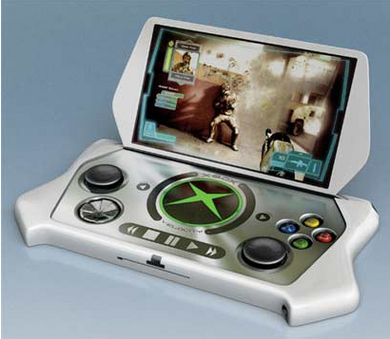The term “HD” is often more about marketing than it is about accurately describing a product’s capabilities. Microsoft’s upcoming Zune HD is the latest example of that trend. The Zune HD looks like it will delivera compelling evolution over the previous-generation Zunes, with features including a touch-screen interface and a widescreen 480-by-272 OLED display. But while it will also offer HD video output and HD radio reception, it will fall short in delivering genuine HD playback.
The Zune’s OLED display is a 480-by-272 widescreen, which doesn’t meet anybody’s definition of HD. It’s only when you use a premium HDMI A/V docking station to output video to an HDTV that you get high definition–720p, to be exact.
That’s as far as its HD support goes. High definition video requires a minimum of 720-pixel resolution, and high definition audio is 24-bit; the Zune HD’s built-in playback falls short on both counts. A Microsoft spokesperson said that the company does not have any details to share regarding audio tracks or specific video files.
Microsoft is not alone in its marketing practices. “My daughter’s Sony VAIO has a sticker that says ‘Full HD’ [which suggests 1080p]. But the screen resolution is 1280 x 800. The “Full HD” comes from connecting the computer by HDMI to a monitor or TV,” said Joe Wilcox, an independent technology analyst.
While OLED screens deliver sharp colors and deep blacks–one benedit of HD–those advantages are almost entirely lost on a small screen with low resolution. And video marketplaces sometimes decrease the size of downloads by limiting black levels and other palette-related settings, said Matt Hargett, a noted technology author.
Microsoft could compensate for the Zune’s lack of HD video playback with 24-bit audio, Hargett said. Microsoft obtained the rights to the HDCD format in 2000. “Having 24-bit audio would be a great step forward.”
CDs introduced 16-bit lossless audio almost 30 years ago; High Definition Compatible Digital (HDCD), a 24-bit audio format, is 20 years old; and DTS (Digital Theater System), a format used in DVDs and other media, has provided 24-bit lossy audio for over 15 years.
Despite these decades-older technologies, the Zune HD device and marketplace doesn’t appear capable to deliver a better audio experience.
“By adding the “HD” to the name, [Microsoft] is trying to secure a market who appreciates the details, but that same market will likely reject the product if it doesn’t deliver a real HD experience beyond the “HD Radio”, which isn’t really HD at all,” said Hargett. HD Radio’s quality “is below what CDs, Apple Lossless, and FLAC downloads already deliver consumers for years. Does that really count as HD? I don’t think so,” Hargett quipped.

 As if two rumored Microsoft handhelds weren’t enough, the
As if two rumored Microsoft handhelds weren’t enough, the